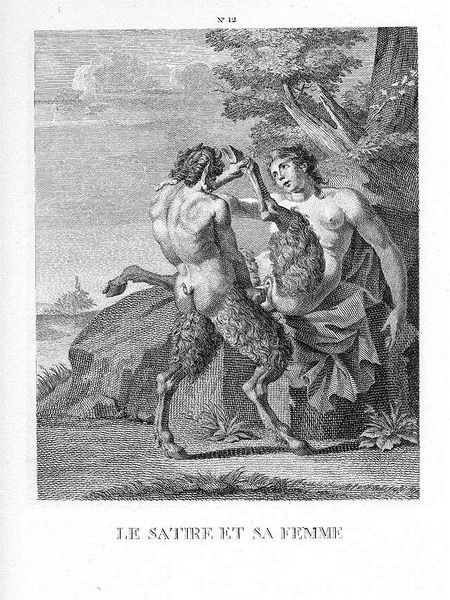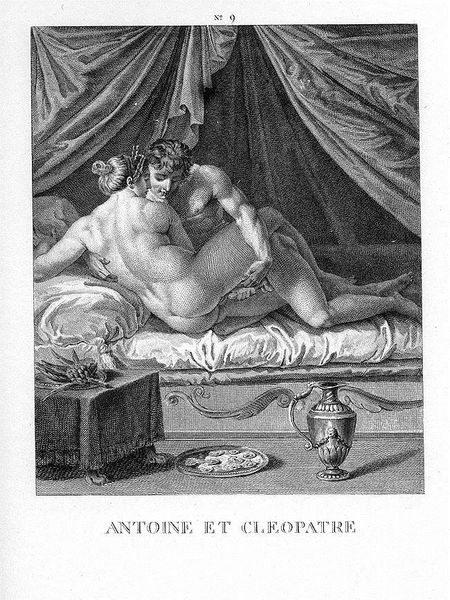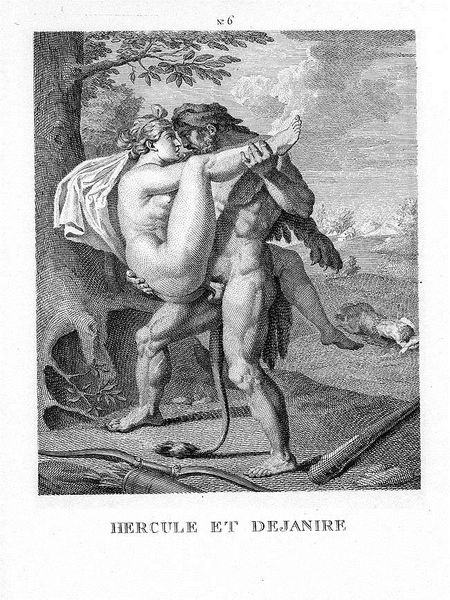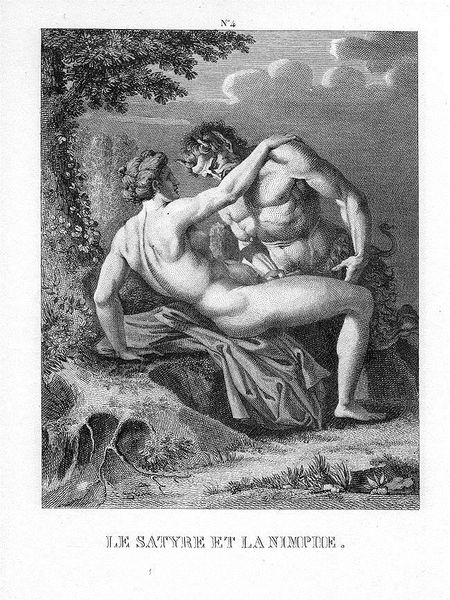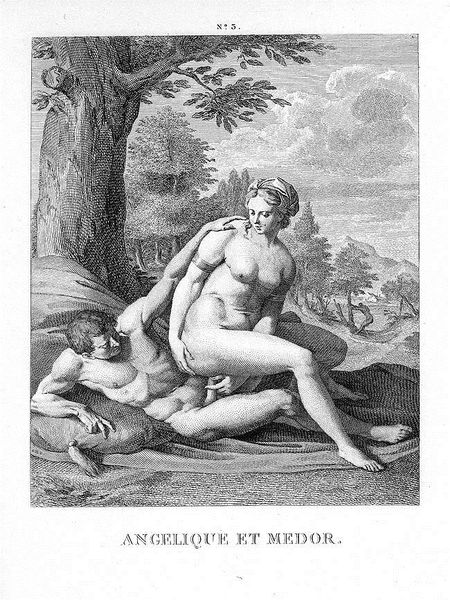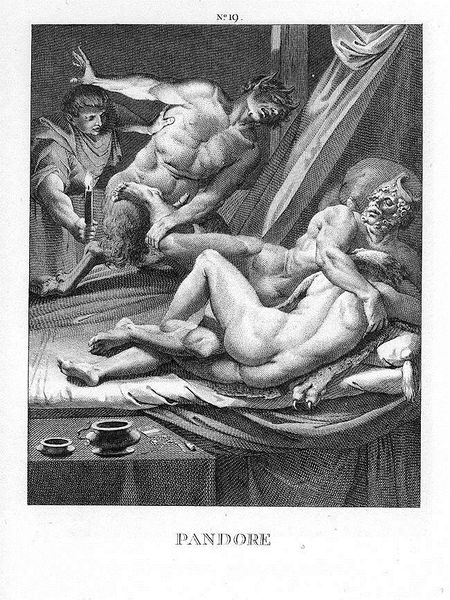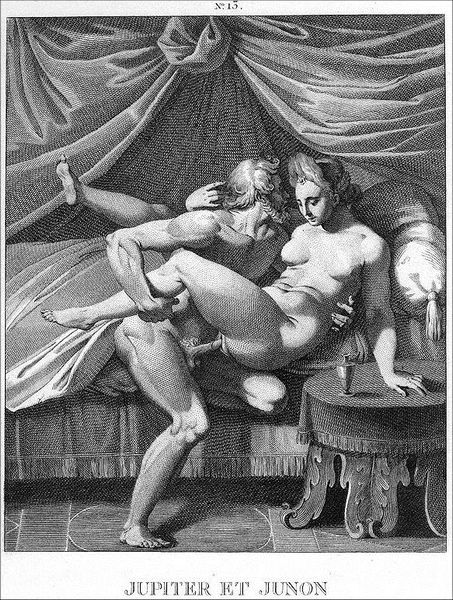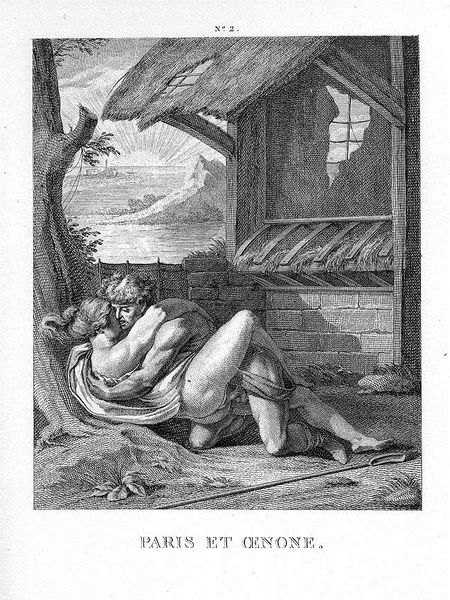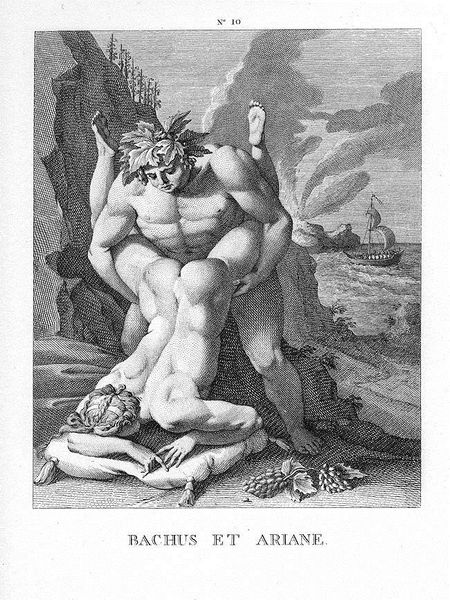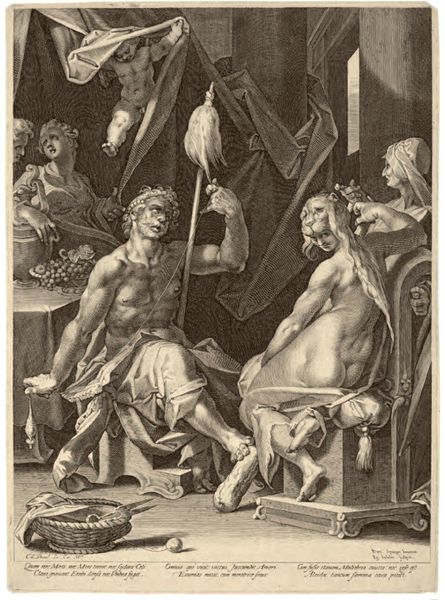
engraving
#
baroque
#
female-nude
#
roman-mythology
#
mythology
#
nude
#
engraving
#
male-nude
#
erotic-art
Copyright: Public domain
Editor: Here we have an engraving titled "Religion of Priapus" by Agostino Carracci. The scene depicts a gathering of mythological figures, with an emphasis on fertility. It’s quite striking...What layers of meaning do you unpack from this image? Curator: This image presents a fascinating entry point into discussions about power, representation, and sexuality within historical contexts. We need to examine whose gaze this is constructed from. Editor: The male gaze, definitely... How does that relate to the myth of Priapus itself? Curator: Well, Priapus, often depicted with an oversized phallus, represents male virility and is linked to agricultural abundance. Yet, what happens when this symbol is imposed upon the female form, essentially rendering women as passive vessels? The woman, while crowned with laurel, seems almost unwilling. How do we view this today? Editor: I see what you mean. It’s a forceful imposition of fertility onto a feminine form. Almost violent. Is the purpose here to aggrandize this figure, this Priapus? Curator: Indeed, but by understanding the intersections of gender, class, and societal power in the Baroque era, we can then view the engraving not simply as a depiction of mythology but as a commentary, intended or otherwise, on societal norms and gendered expectations. Editor: It reframes it, almost...makes me question how society saw the relationship between sexuality and spirituality. Curator: Precisely. It forces us to confront the normalization of potentially problematic depictions and examine their impact on contemporary understandings of identity and consent. Editor: I’ve learned so much more looking at it that way. It definitely adds another layer of interpretation!
Comments
No comments
Be the first to comment and join the conversation on the ultimate creative platform.
